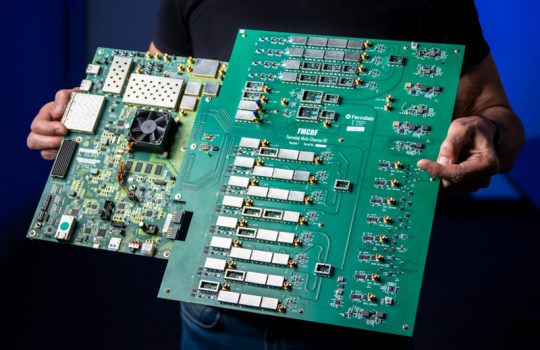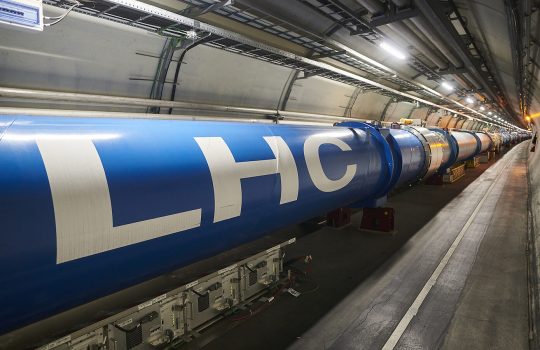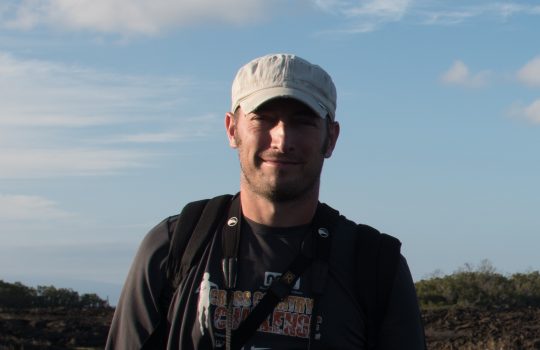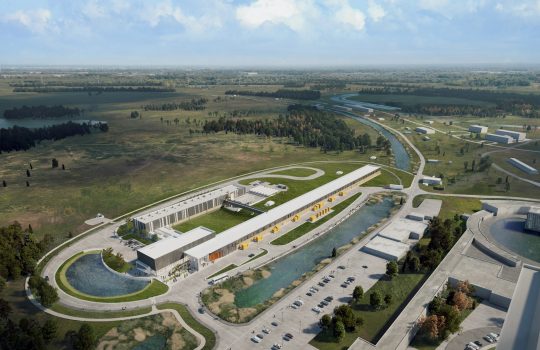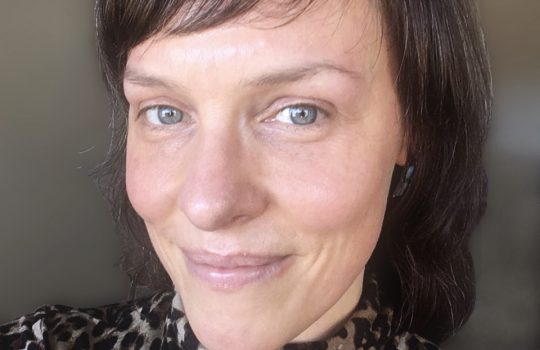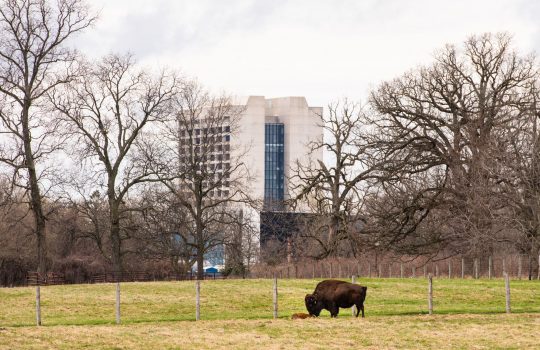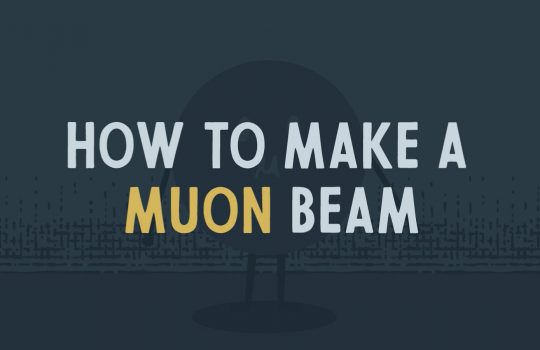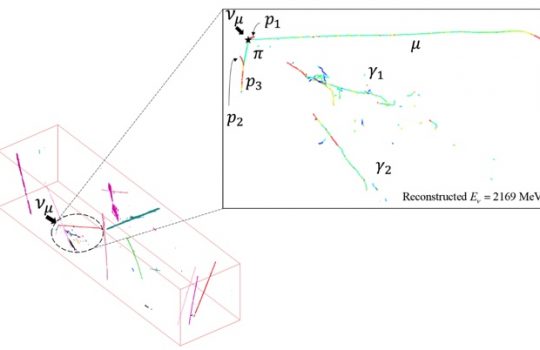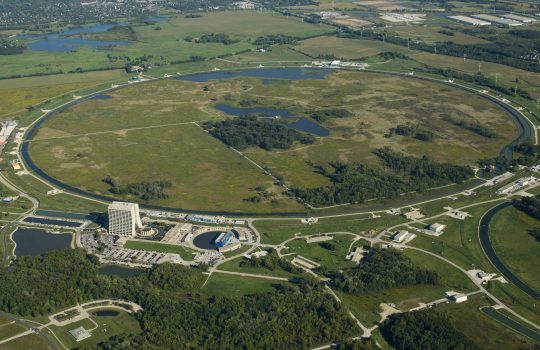Fermilab engineers develop new control electronics for quantum computers that improve performance, cut costs
Quantum computing experiments now have a new control and readout electronics option that will significantly improve performance while replacing cumbersome and expensive systems. Developed by a team of engineers at Fermilab in collaboration with the University of Chicago, the Quantum Instrumentation Control Kit, or QICK for short, is easily scalable.

